The Alliums Almanac: From Purple Garlic to Walking Onions
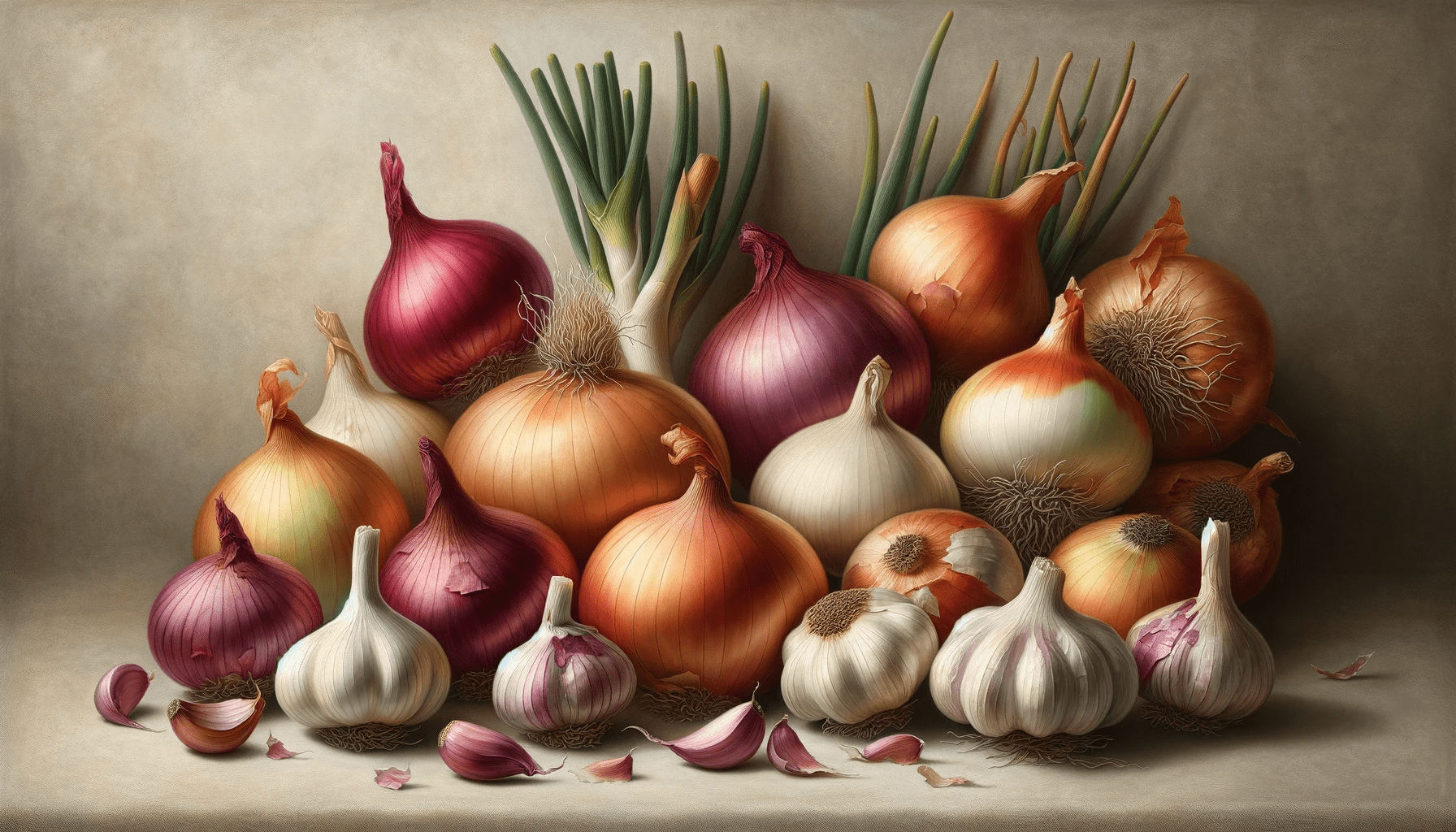
What Are Alliums?
A Brief History of Alliums in Culinary Use
Section 1: The Types of Onion
Red Onions
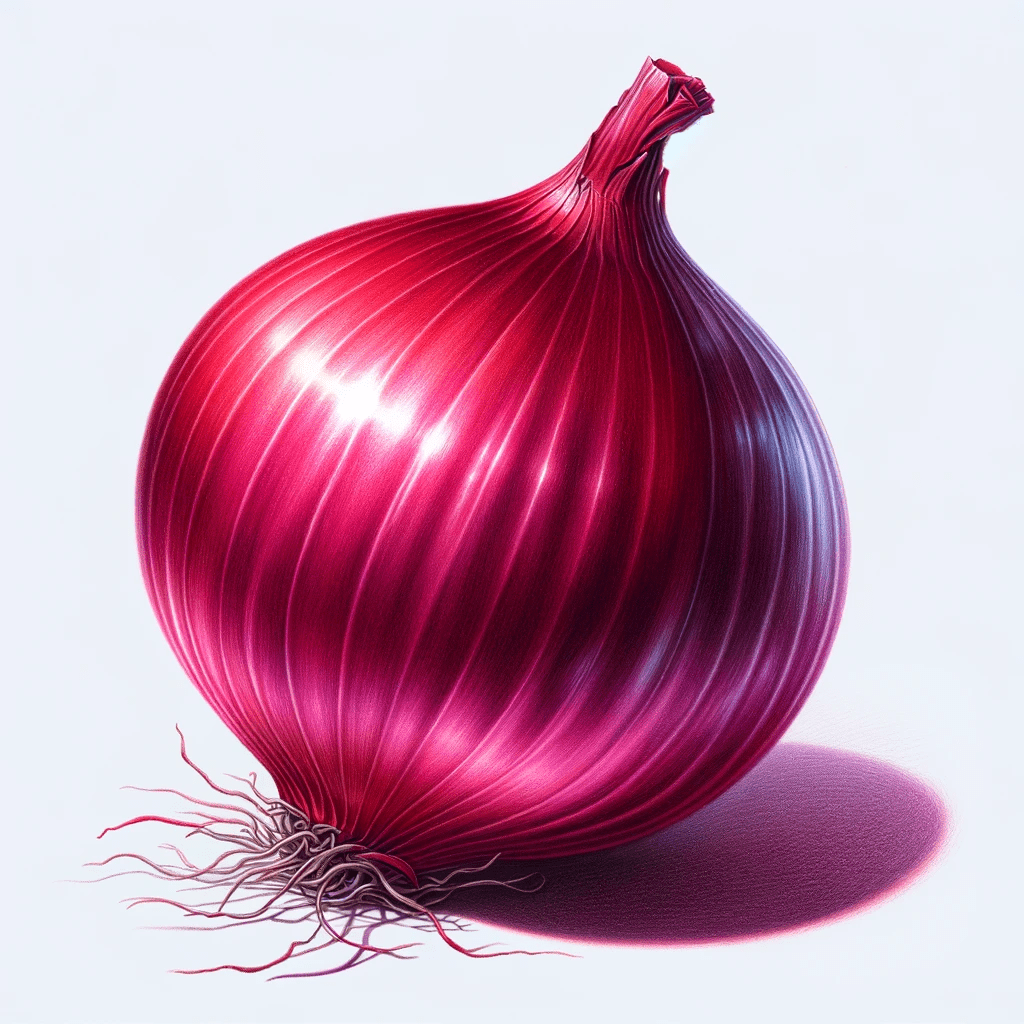
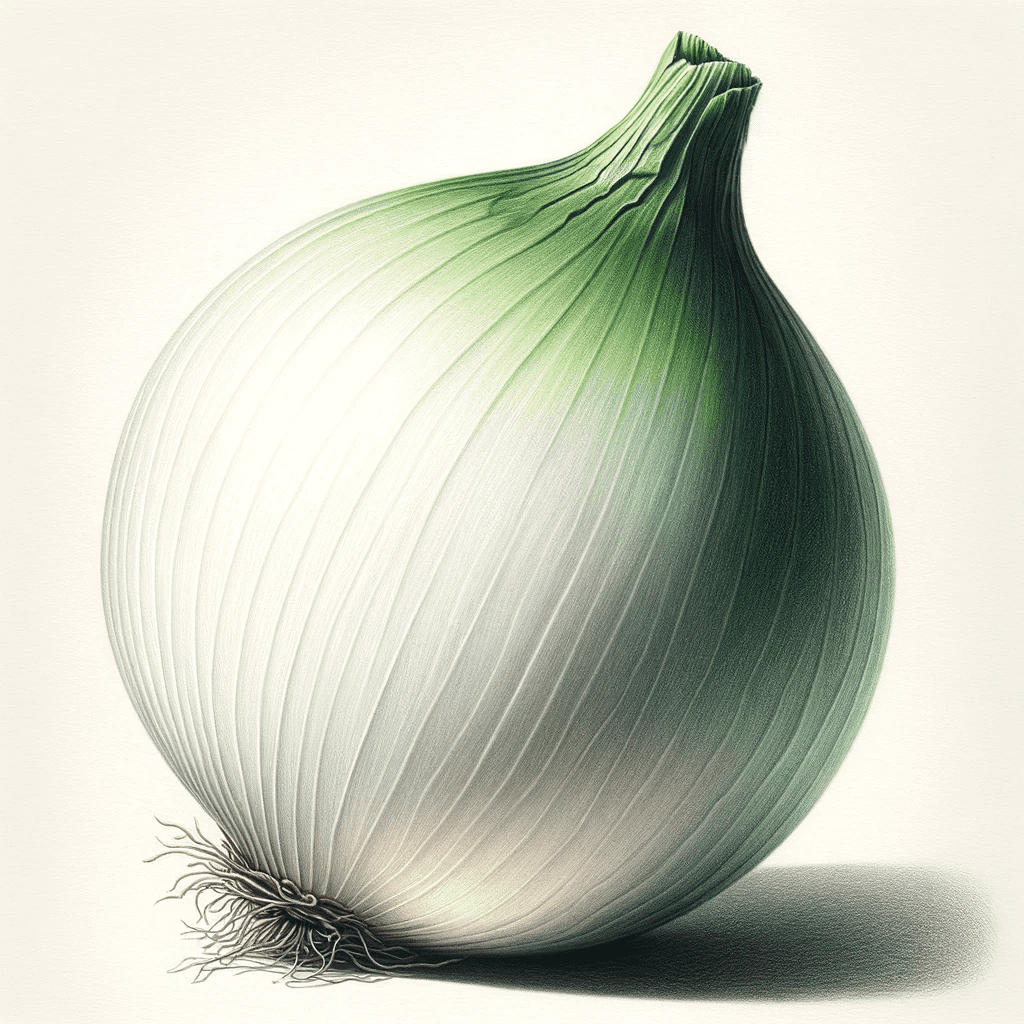
White Onions

Yellow Onions
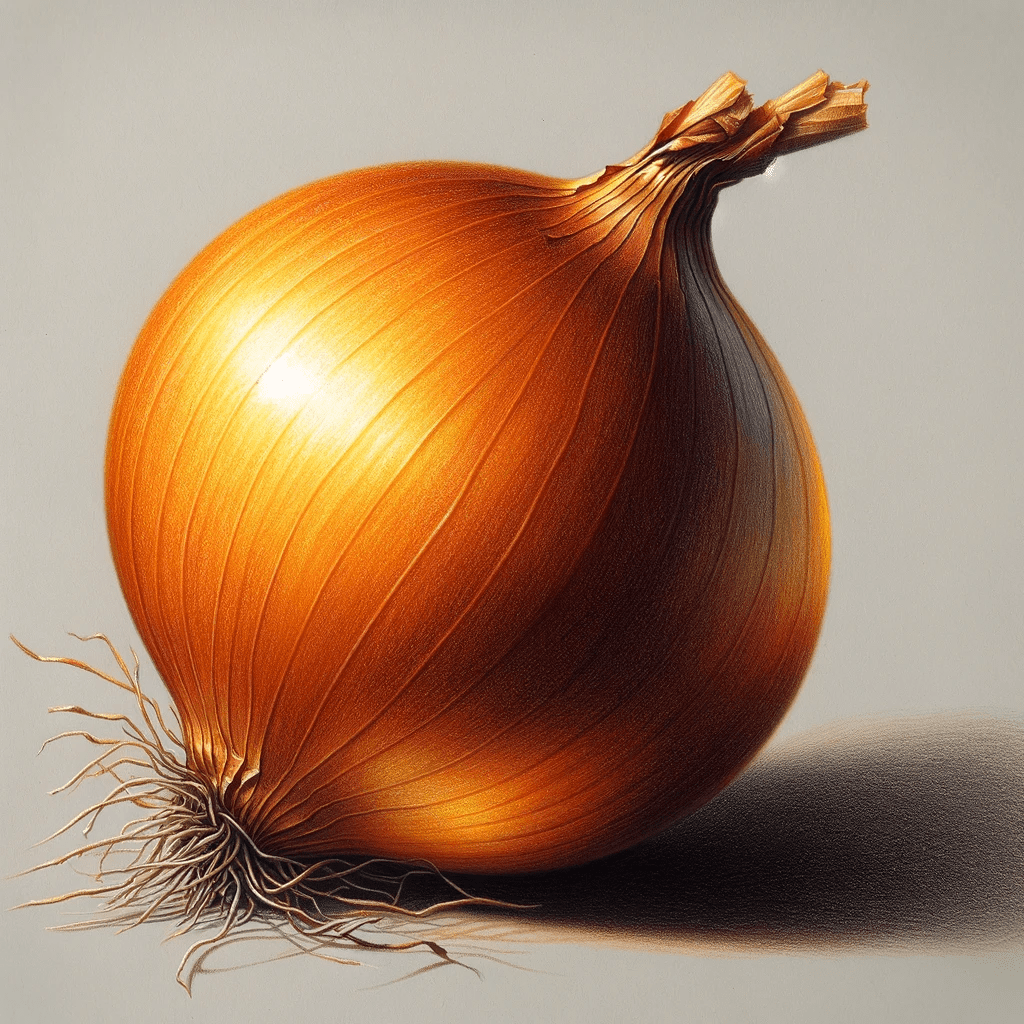
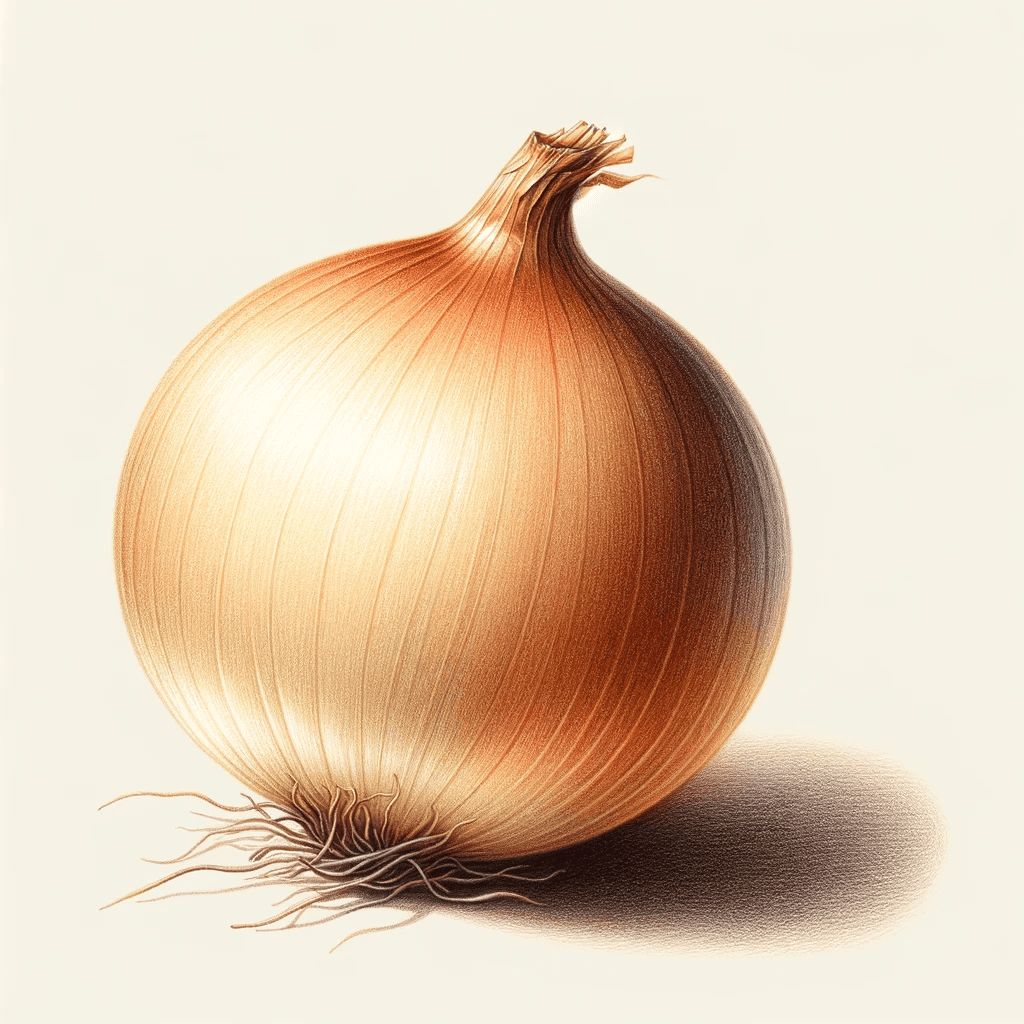
Sweet Onions

Shallots
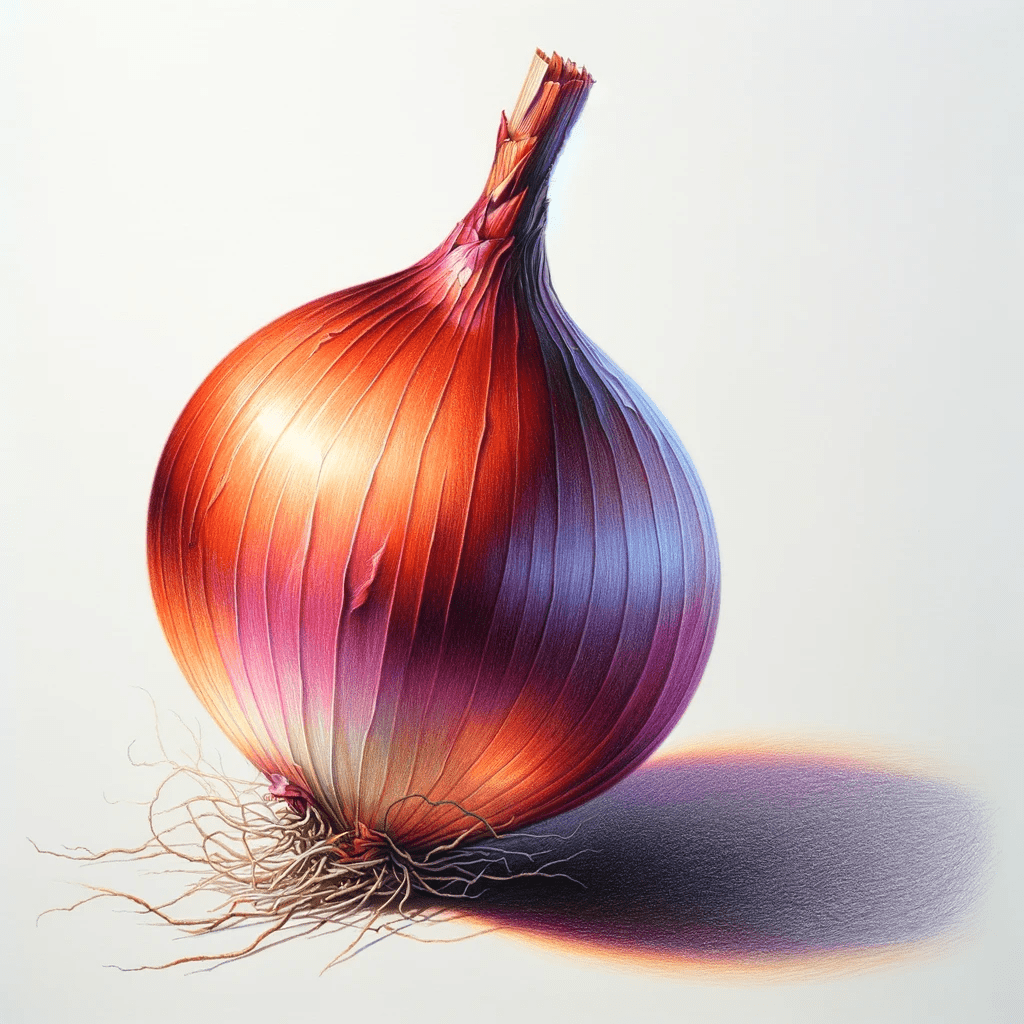
Section 2: The Types of Garlic
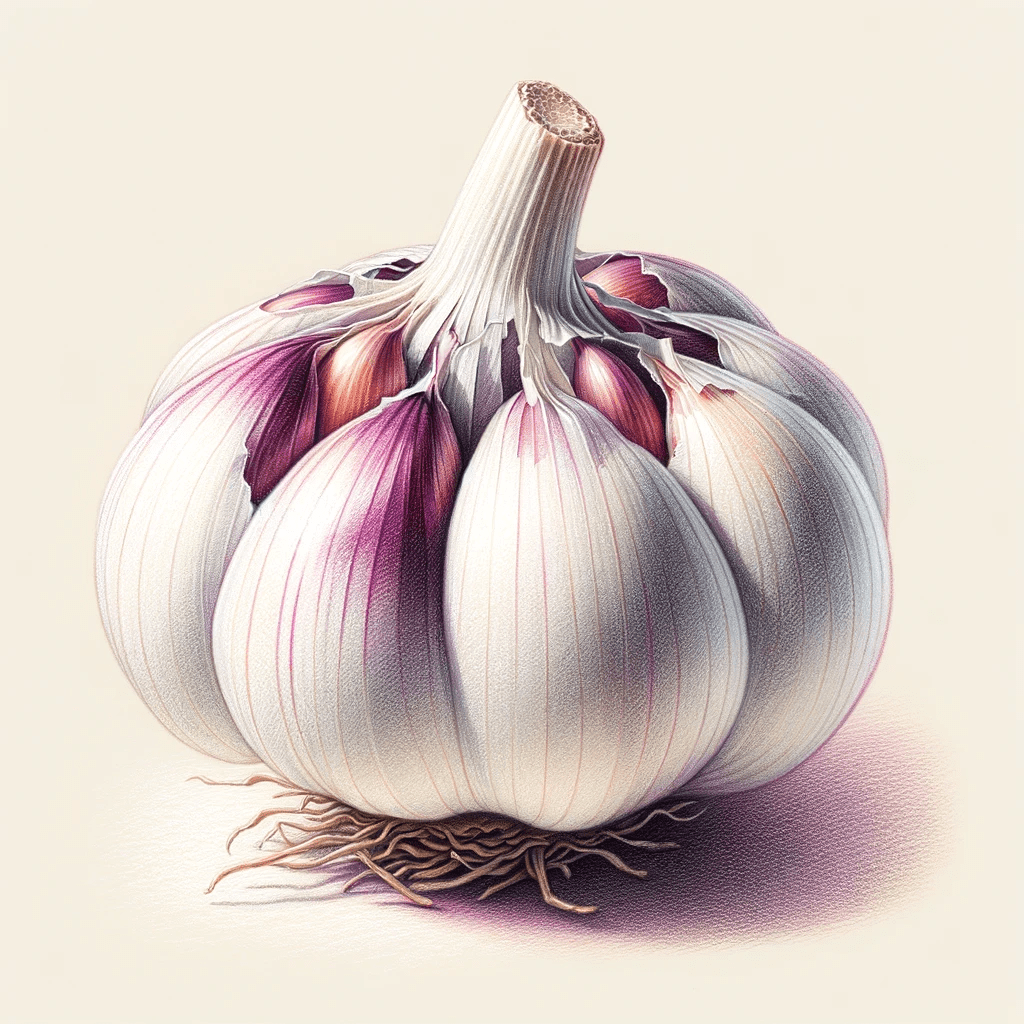
White vs Purple Garlic

Do I Need Purple Garlic?
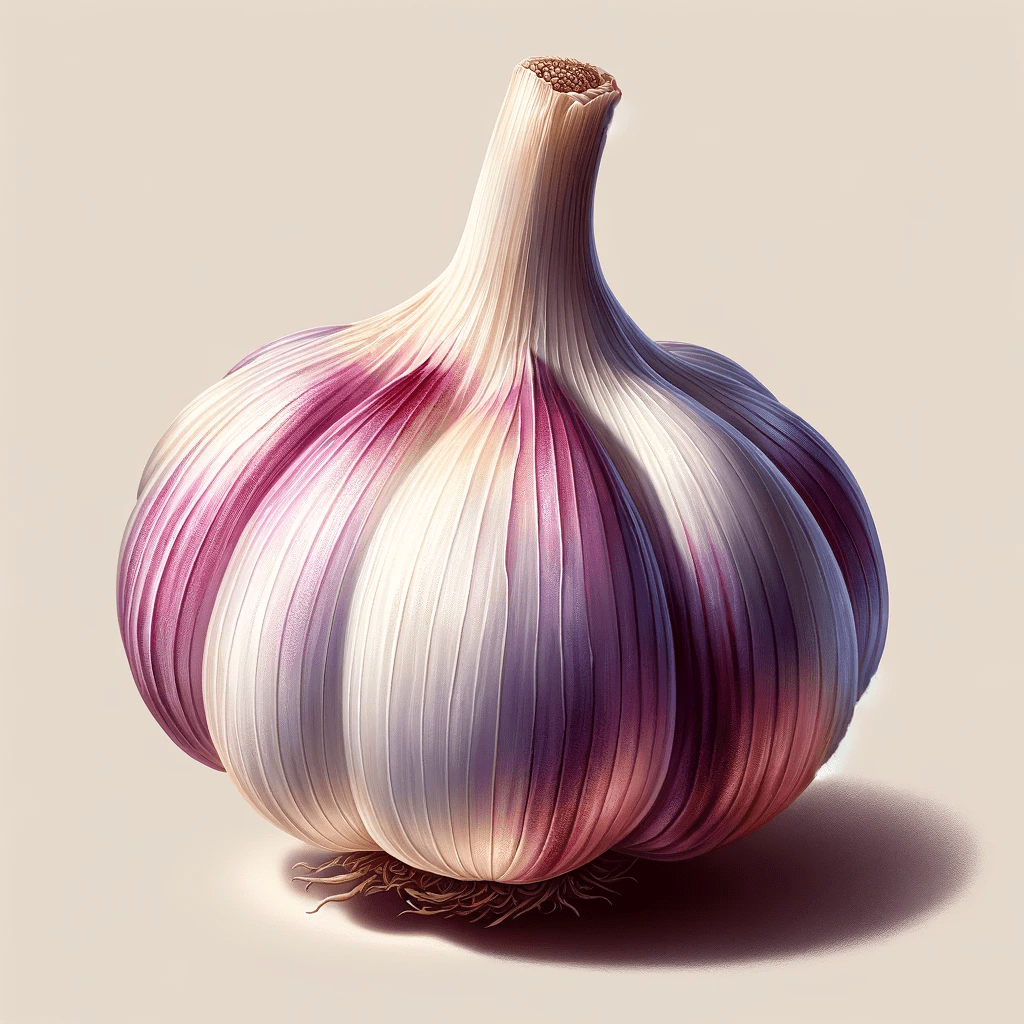
Section 3: The Types of Green Onions
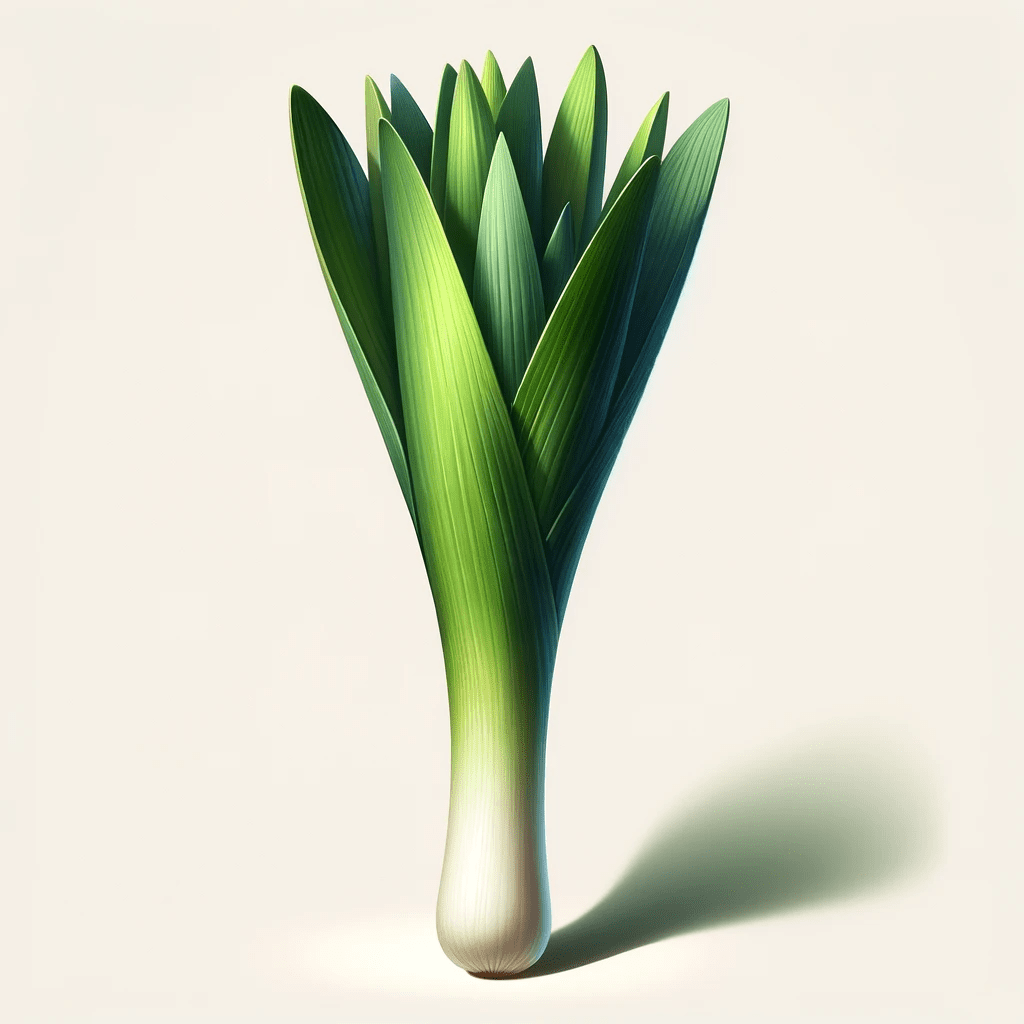
Leeks

Spring Onions
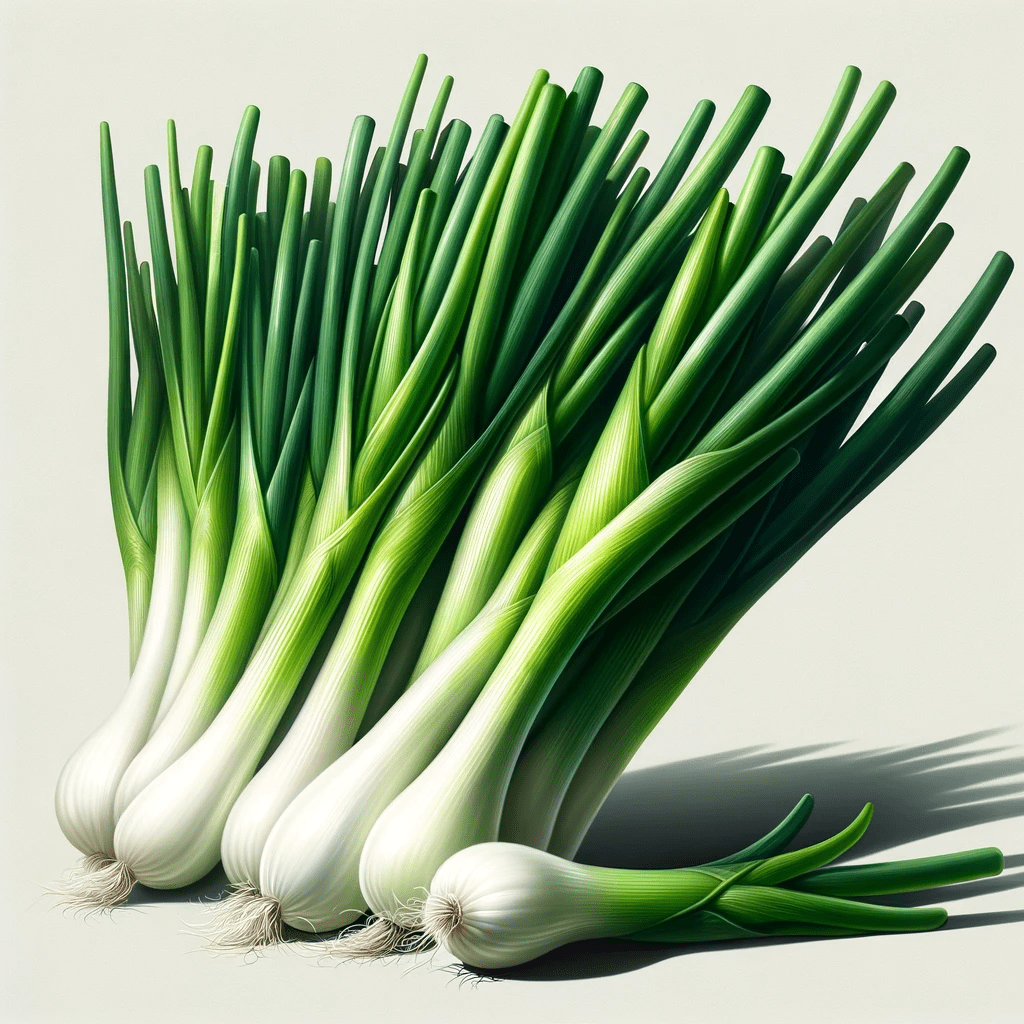
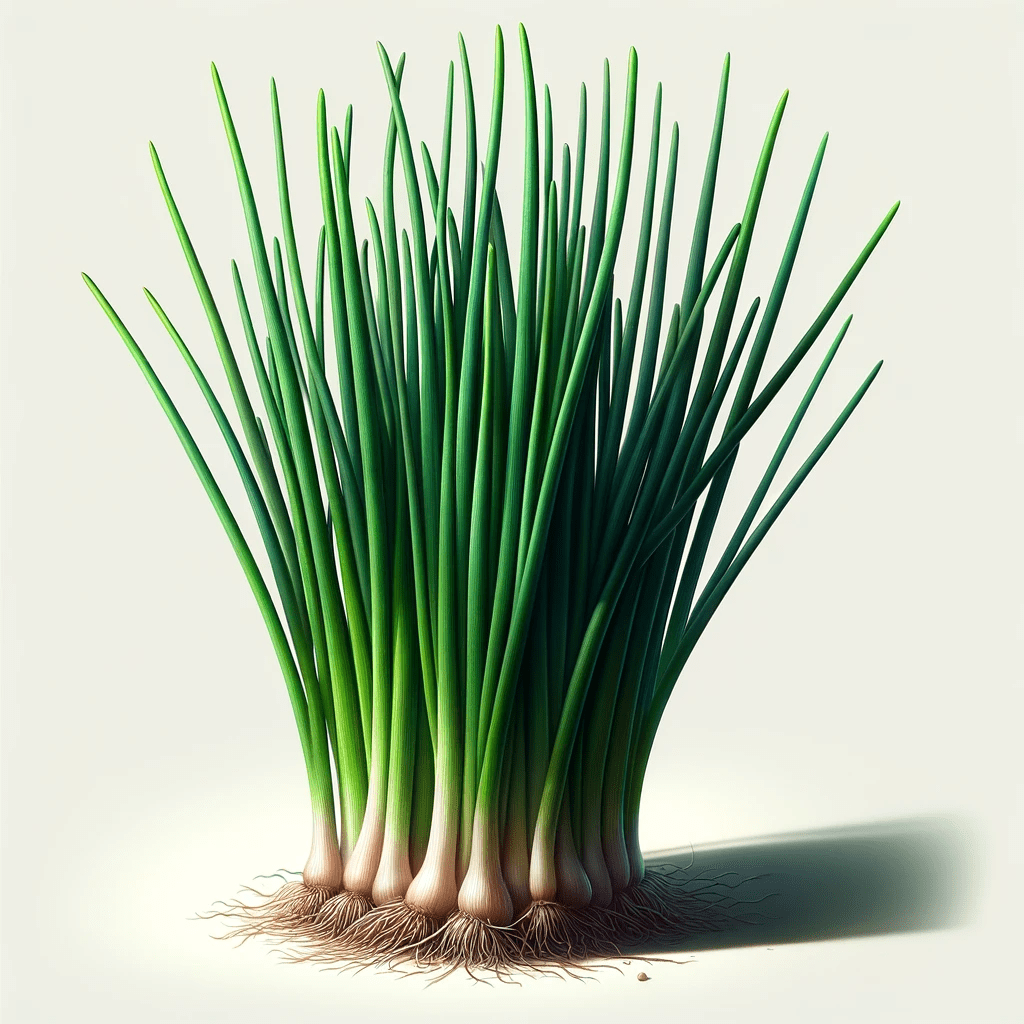
Chives

Section 4: A Few Exotic Alliums
Wild Garlic (Ramsoms)
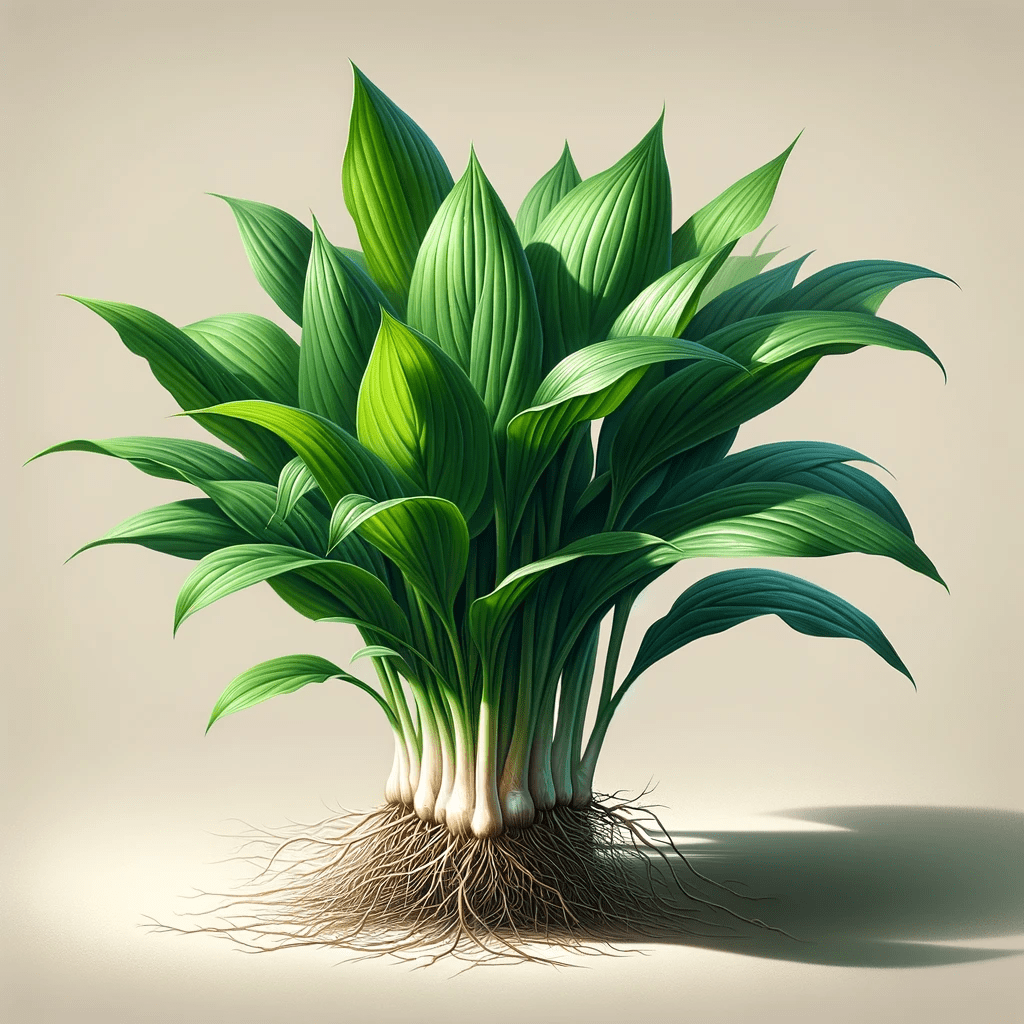
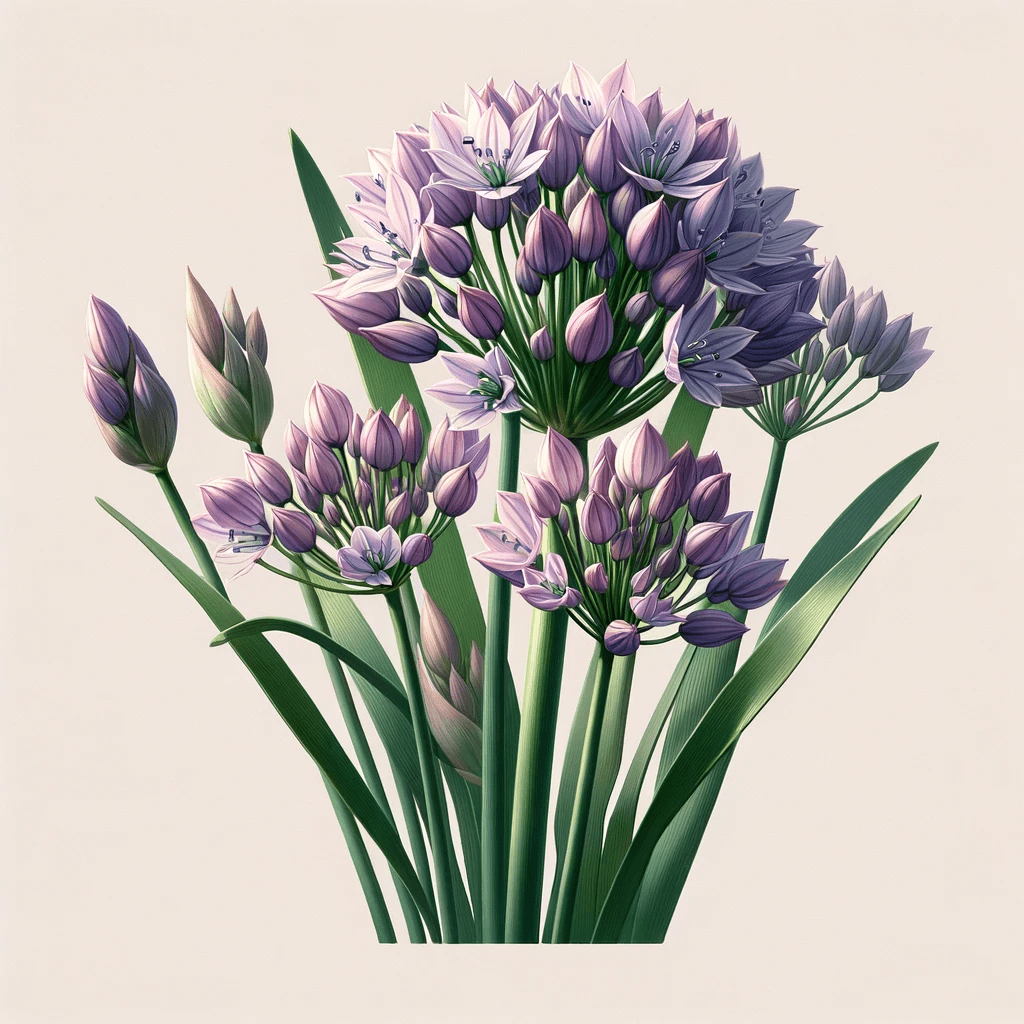
Society Garlic

Egyptian Walking Onions
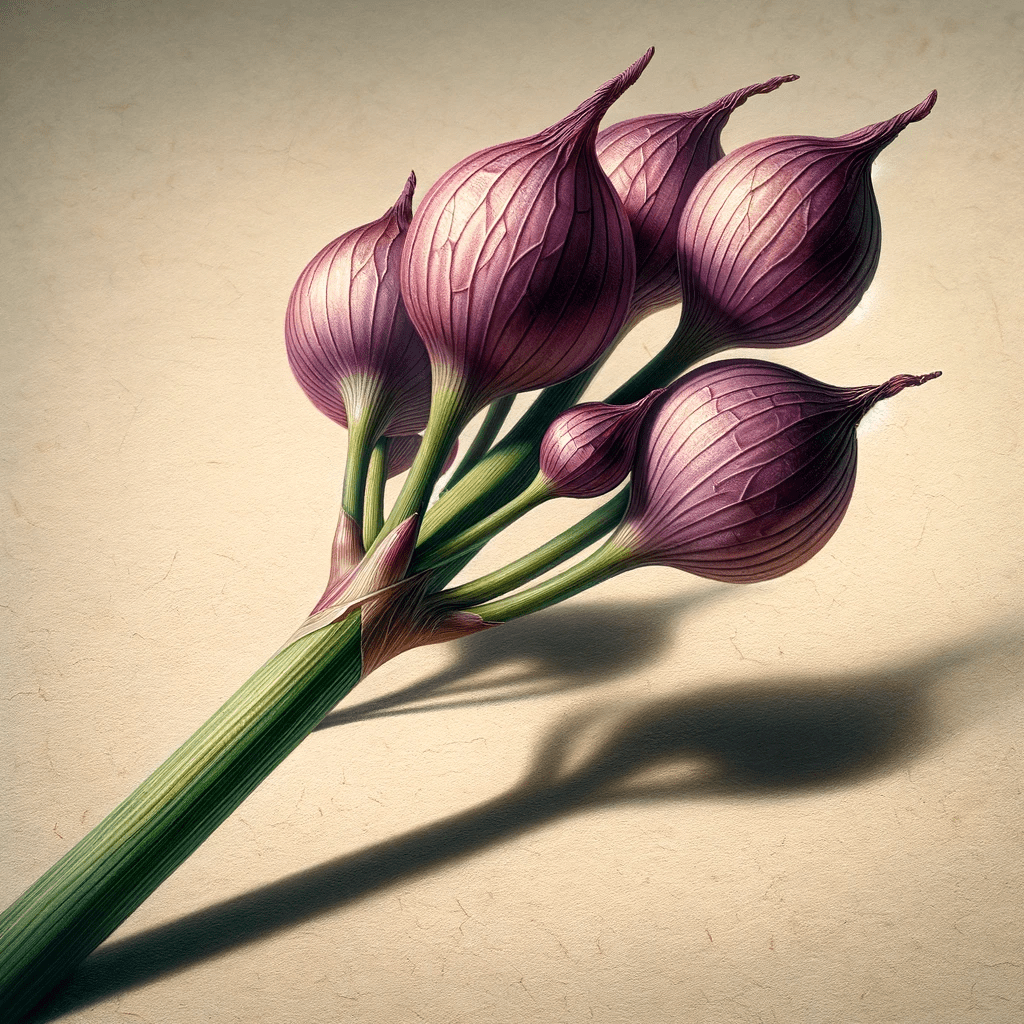
Wrap Up: Cooking with Alliums
So that’s our deep dive into the world of alliums. From the familiar onions and garlic to the exotic varieties like ramsons, each allium has its own unique role in the kitchen. These ingredients offer a range of flavours, pairings, and preparation methods, suitable for whatever you want to take a crack at cooking. Exploring new ingredients is a great way to keep cooking fun and discover new ideas about food. The versatility of these ingredients can elevate even the simplest of dishes, adding depth and flavour. So, whether you’re sautéing spring onions for a stir-fry or roasting ramps for a unique side dish, let these alliums inspire your culinary creations.
If you enjoyed this article and want to be the first to hear about future content, sign up to our newsletter below and don’t forget to take a look at our in person cooking classes where you can learn all about food directly from expert chefs!
